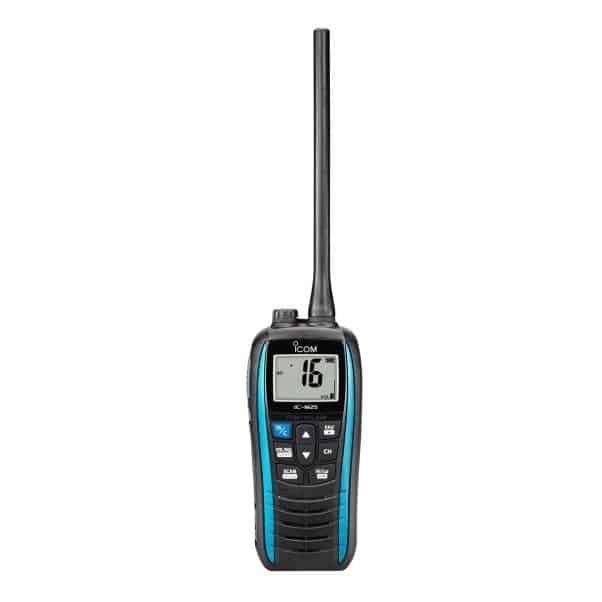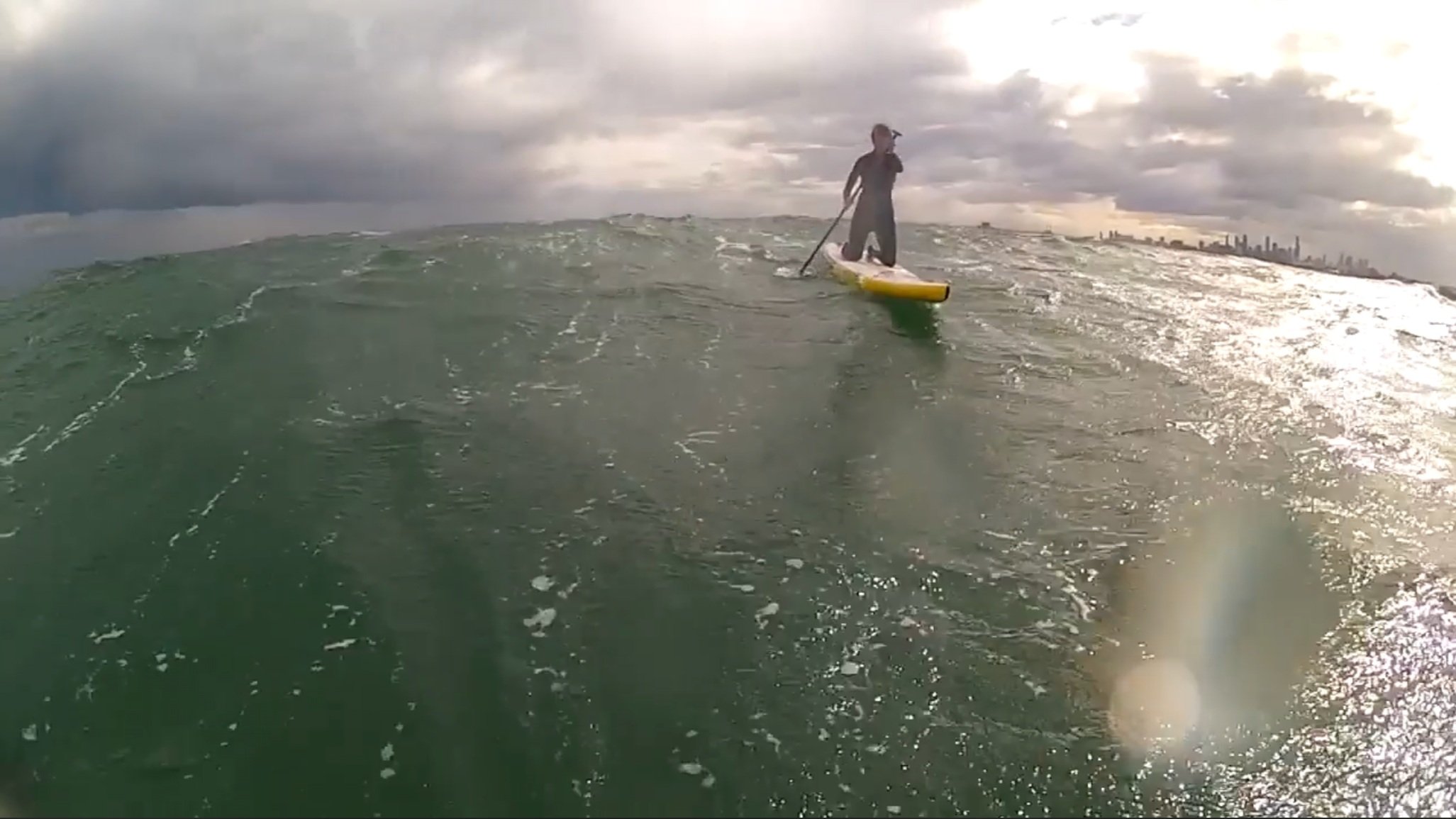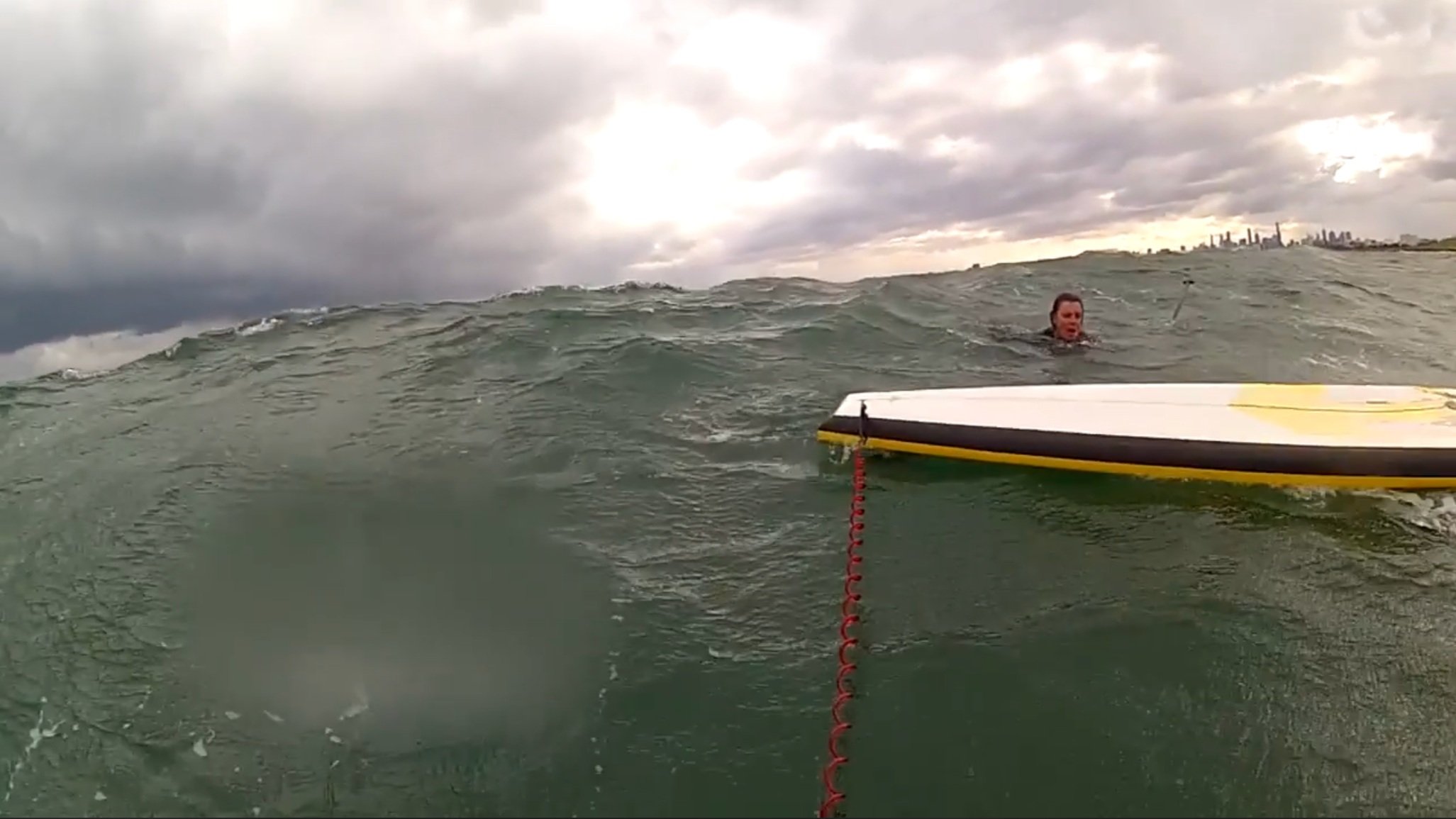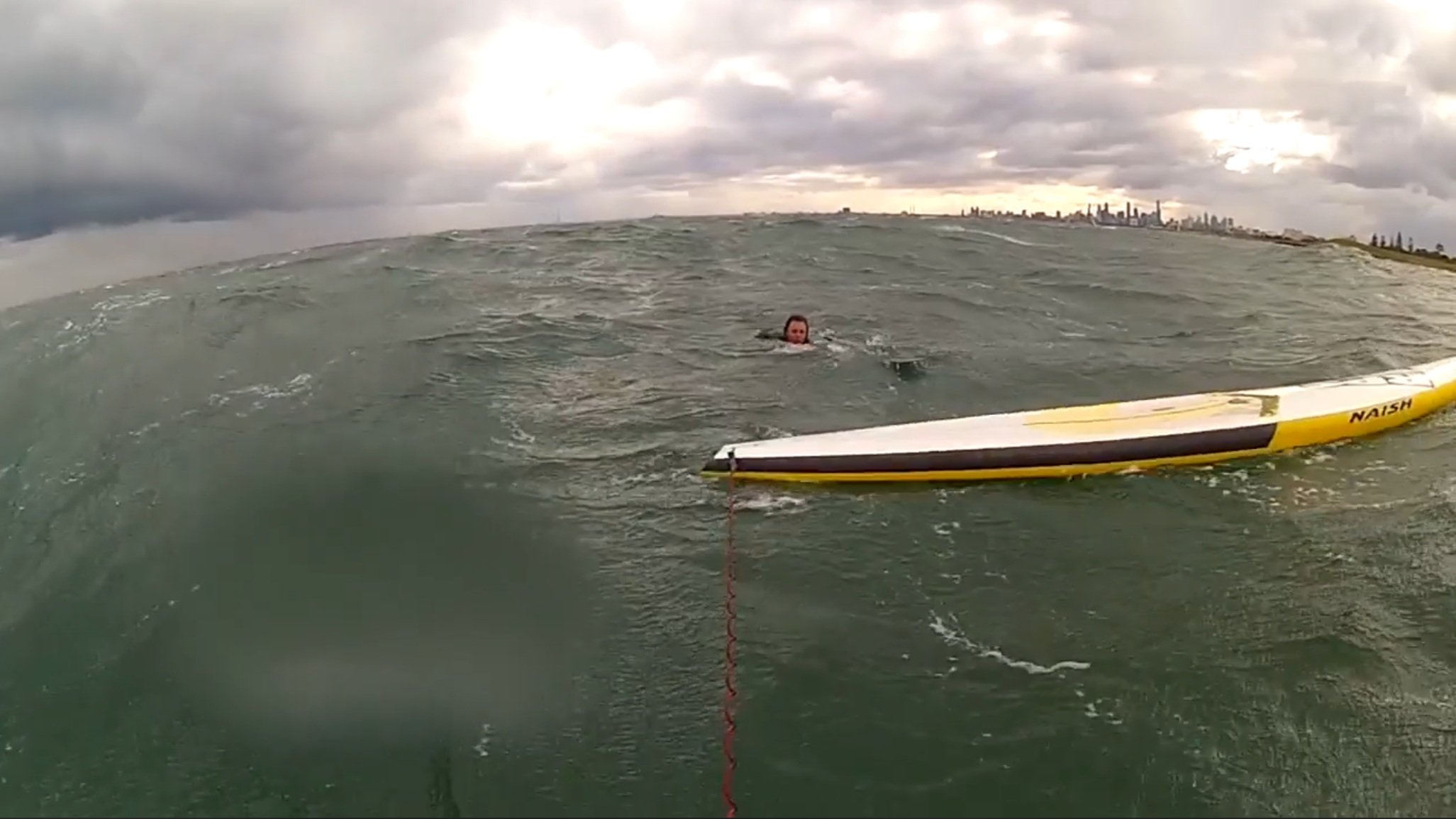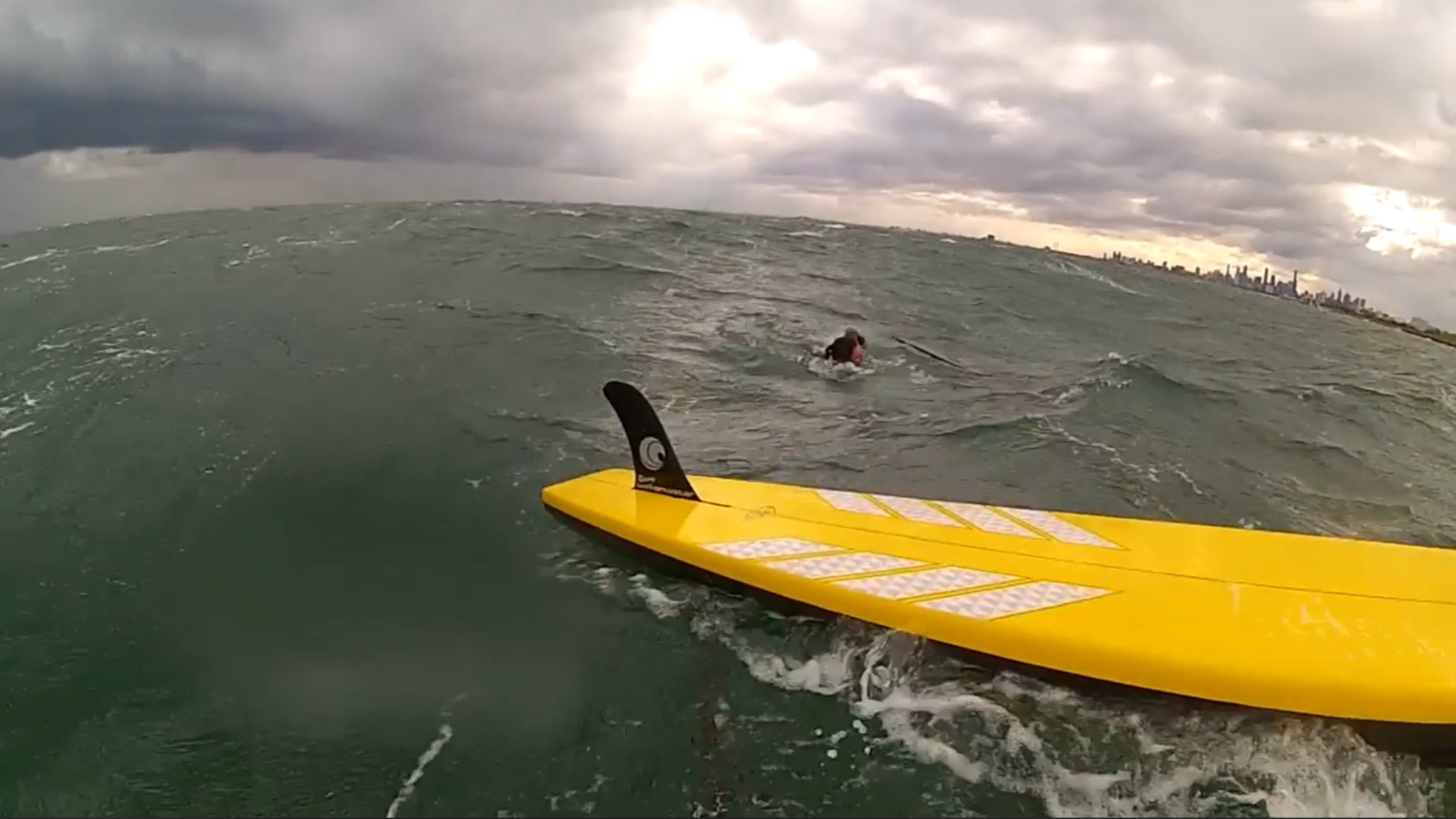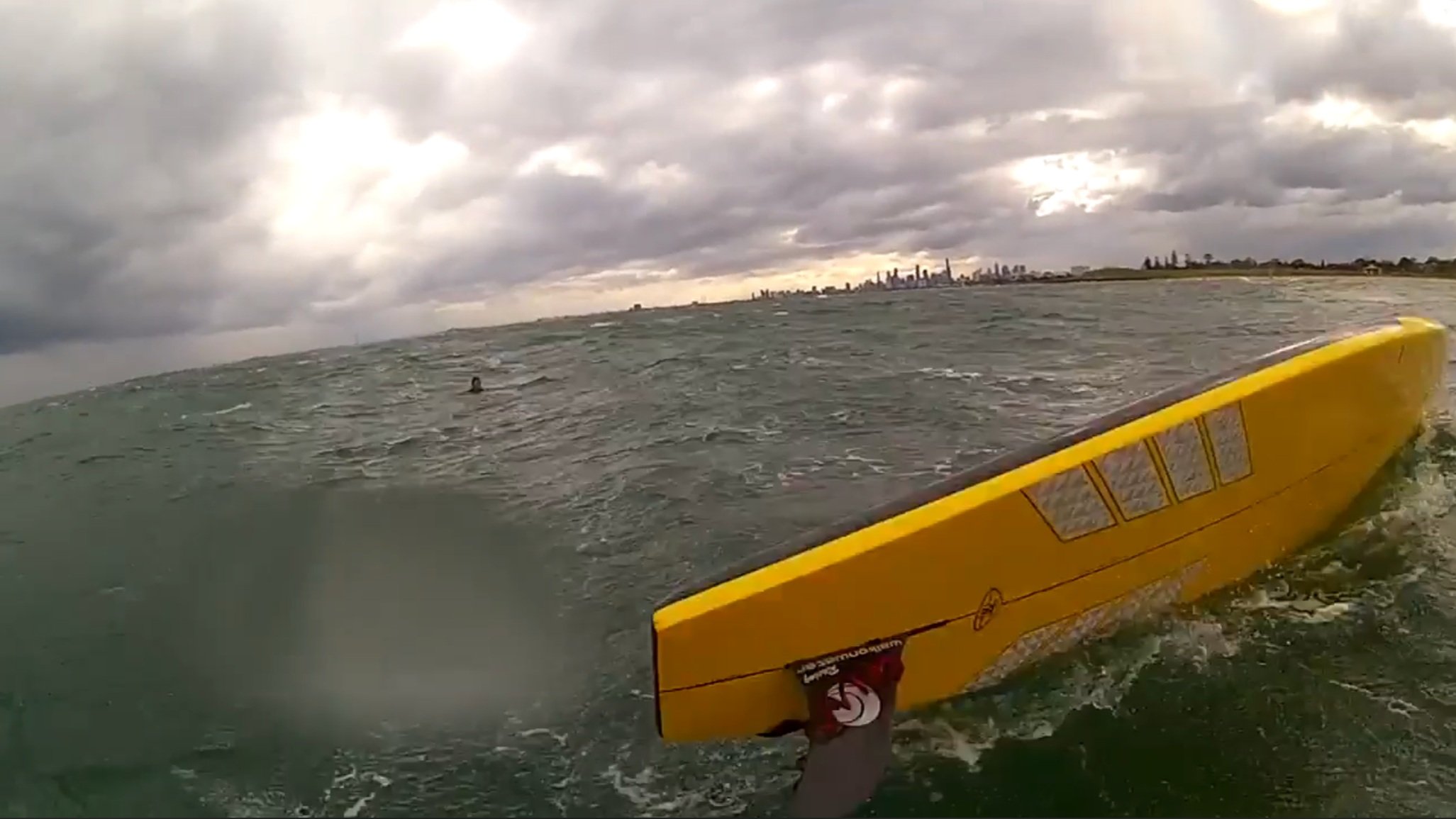Staying safe on the water
You can’t always wait for perfect weather to head out on your SUP. You should avoid going out when there are offshore winds, as they can quickly blow you far out to sea where winds can be considerably stronger. Don’t underestimate the difficulty of making a return journey paddling into the wind. Every year, the RNLI is called upon to rescue Paddleboardsers blown out to sea. It is common for all paddlers of all abilities to tire after a while and you may need rest breaks to help recover. When you plan your route then consider paddling into the wind on your outward leg to use the wind to help on your return. (Use an App like Windy.com to measure wind and direction). If you can then paddle with a buddy or a group. if you are solo then let friends or family know where you plan to paddle and when you are likely to return. You should carry a phone with a good charge or possibly take a phone charger if you plan to be on the water for more than a few hours. (As an alternative to a phone you could consider buying a small VHF radio transmitter).
How to Get Back to Shore in Offshore Winds
Stay Calm. You are not far from safety if you take the proper steps
Kneel down on your board, “choke up” on your paddle (take your top hand off the handle and move both hands way down the shaft towards the blade)
Make 5-6 successive “staccato” strokes on each side, then shift to the next side…keep that up until you can touch the bottom.
If you are not making headway, then:
Lay down on your board, put the blade of your paddle under your chest with the shaft pointing towards the shore
Paddle on your stomach, surfer style; keep this up until you get tired, and then rotate back to the kneeling position.
The mobile phone was never developed for use in a severe marine environment and was never meant for maritime communication, but the marine VHF radio was. They are frequently wet, and phones do not float, however, a marine VHF radio may be dropped into the water, picked up, and used to make a call. If your intentions are to venture some way from the coast. It is highly unlikely that there will be good reliable mobile phone coverage away from the shoreline.
A marine handheld VHF radio will give you great coverage and peace of mind, making it an essential piece of kit in offshore situations. There are no marine frequencies on mobile phones, and you can only talk to one person at a time. When a maritime radio delivers a message, it is heard by all radio users within range! Another key factor to remember is that the Coastguard and the RNLI communicate via marine VHF and are not equipped to track down mobile phone communications. (Note that aerials can normally detach for storage purposes)
Portable Floatation Devices (PFD) and Buoyancy Aids
Find out more about the different types of PFD. Choose It, Wear It guide - PDF 3.48MB.
Monitor the conditions
It goes without saying that there is increased safety if you choose to paddle on a beach with with Lifeguards. You can also use thew fact that they have flags to determine wind speed and direction.
Use a leash ……. or this could happen!
That board is the BEST flotation device you’ve got out there so make sure you’re attached to it. In high winds, without a leash, if you fall off that board will be pulled away from you SUP-er fast.
Even good swimmers would not be able to catch up with a lost board in moderate to strong conditions. In most circumstances, it is best to keep a leash ON the entire time you’re on your board. There are different types of leashes used In Stand Up Paddleboarding. It is important that users understand the differences between leash types and when to use them. There are a few different types of sup leashes including a coil leash, a hybrid leash, a straight leash, and quick release leashes.
IMPORTANT: Using the wrong leash in a waterway can prove fatal.



